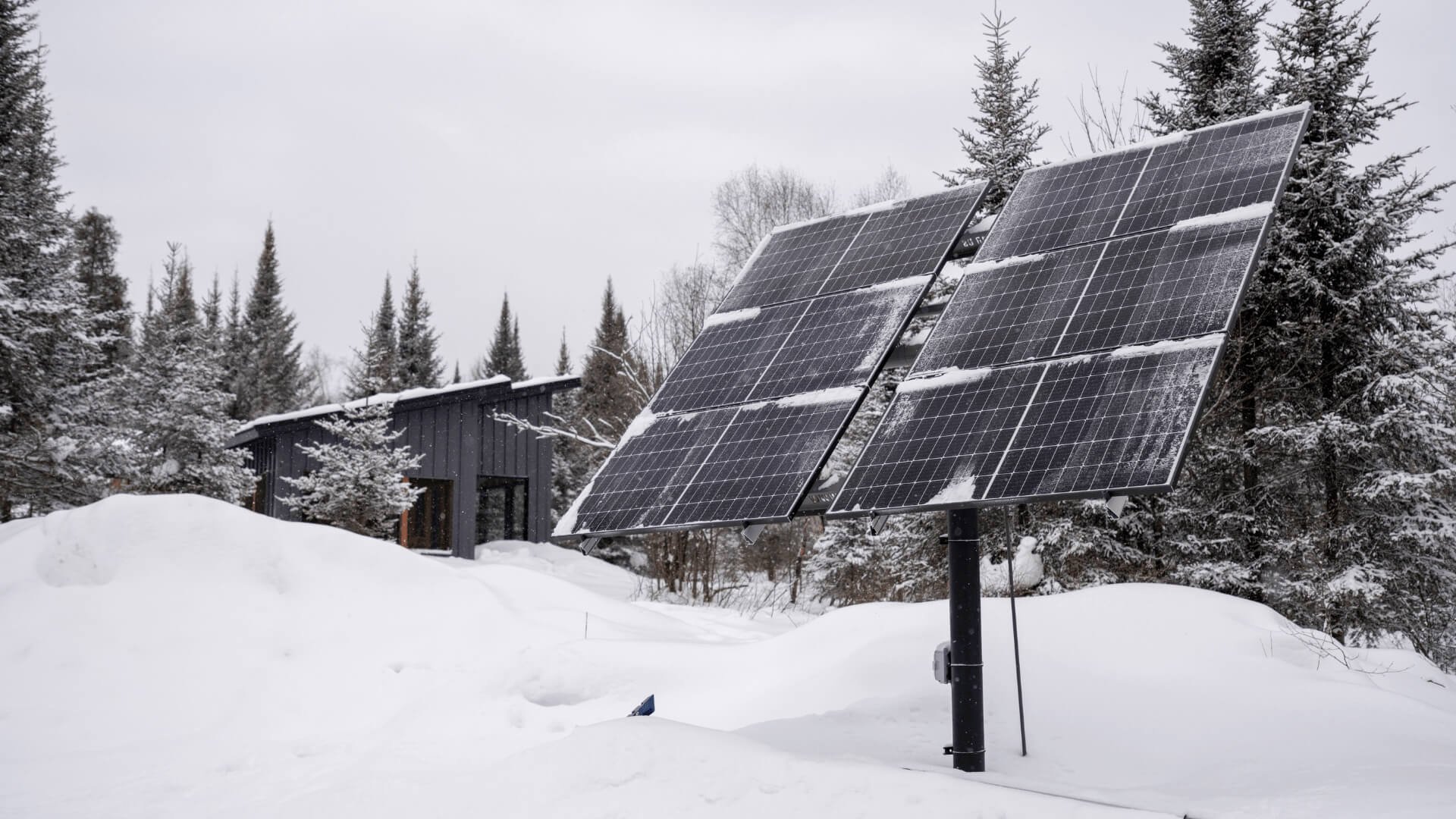Fasteners in Extreme Environments: From Arctic Cold to Desert Heat
Fasteners, those seemingly humble components, play a crucial role in the stability and durability of structures and equipment. However, when these fasteners are subjected to extreme environmental conditions, their performance becomes paramount. In this article, we will explore the challenges fasteners face in both Arctic cold and desert heat and the solutions that ensure their reliability.
The extreme cold of the Arctic poses unique challenges for fasteners. Here's how:
Brittle Fracture: In sub-zero temperatures, many materials become brittle, increasing the risk of fastener breakage. This can compromise structural integrity.
Thermal Expansion and Contraction: Rapid temperature fluctuations can cause materials to expand and contract, putting stress on fasteners. Over time, this can lead to loosening or failure.
Ice Formation: Ice can accumulate on fasteners, interfering with their function. It may also lead to corrosion when it melts and refreezes.
Reduced Lubrication: Lubricants can become less effective or freeze in extremely cold conditions, affecting the ease of fastener installation.
To overcome these challenges, choose fasteners made from materials designed for low-temperature environments, use anti-seize compounds to prevent seizing, and regularly inspect and maintain fasteners to address potential issues promptly.
Desert environments bring their own set of challenges for fasteners:
High Temperatures: Extreme heat can weaken fasteners and reduce their load-bearing capacity. Over time, this can lead to fastener failure.
Dust and Sand: Fine particles of dust and sand can infiltrate fastener threads, causing abrasive wear and reducing friction, potentially leading to loosening.
Corrosion: Dry desert air might not seem conducive to corrosion, but in arid environments, humidity can fluctuate greatly. This can cause condensation on fasteners, leading to corrosion. There are many corrosion resistant coatings available, such as DURA-CON, Magni and more.
UV Radiation: Prolonged exposure to intense sunlight can degrade fastener materials and weaken them.
To address these challenges, use heat-resistant fasteners, apply coatings or platings that protect against corrosion, and keep fasteners clean and free from sand and dust.
Solutions for Extreme Environments:
Choose the Right Materials: Select fasteners made from materials suitable for the specific environment. Stainless steel and other corrosion-resistant alloys are often ideal for both extreme cold and heat.
Use Coatings and Platings: Consider fasteners with special coatings or platings to enhance their resistance to extreme conditions. Corrosion resistant coatings like DURA-CON are helpful in wet environments.
Regular Maintenance: Inspect and maintain fasteners regularly to detect and address issues before they become critical.
Lubrication: Use appropriate lubricants designed to perform in the temperature range you are dealing with.
Thread-Locking Compounds: In environments with vibrations or dynamic loads, use thread-locking compounds to prevent fastener loosening.
Environmental Seals: Apply seals or gaskets to protect fasteners from the ingress of foreign materials.
Fasteners in extreme environments face unique challenges, but with the right materials, maintenance, and protective measures, they can continue to perform reliably. Whether it's Arctic cold or desert heat, understanding the demands of the environment and selecting the appropriate fasteners is essential for the success, safety, and longevity of your projects and equipment. By addressing these challenges proactively, you can ensure that your fasteners withstand the harshest conditions and maintain their integrity.
If you have questions about which fasteners are right for your application, contact Mudge at (800) 634-0406 for assistance.


